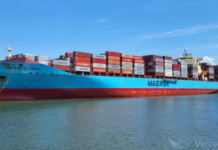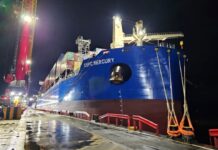
Pacific International Lines (PIL) remains in the red, with a net loss that nearly doubled to US$120 million for the first half of 2020.
Releasing its H1 2020 results on 18 November, the cash-strapped PIL said that it recorded revenue of US$1.03 billion during the period, blaming the Covid-19 pandemic and a reduced fleet. This compares with a net loss of US$65 million and revenue of US$1.93 million in same period in 2019.
Up to 30 June 2020, PIL had total liabilities of US$3.59 billion, including US$1.12 billion of bank loans that are due within a year.
The company’s management sought to give the assurance that operations remain resilient, stating that equity stood at US$662 million as at 30 June, and business activities generated cash flow of US$157.7 million.
Heliconia Capital, a unit of the Singapore government’s investment company Temasek Holdings, is offering a S$600 million lifeline, in the form of equity and debt. PIL’s management stated that with a good majority of creditors showing support, the company is progressing towards finalising a comprehensive debt restructuring plan that will ensure the long-term operational sustainability of the business.
PIL’s executive chairman Teo Siong Seng said, ““While we remain resilient in prevailing through the current macroeconomic headwinds, the container market has gradually shown signs of recovery in the second half of the year. On that basis, PIL remains cautiously optimistic in our outlook and will continue to focus on our operations to create long term and sustainable value to our stakeholders.”
PIL is seeking protection from Singapore’s High Court from its creditors while also informing bond holders that repayments of the principal sum and interest, due on 16 November, will be suspended.
Martina Li
Asia Correspondent





